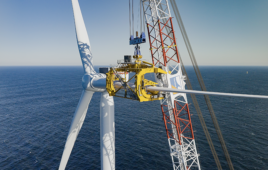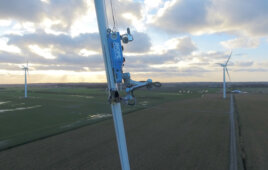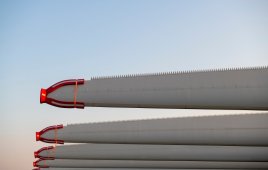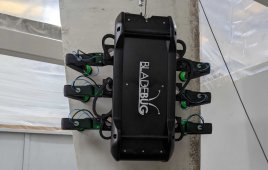Natural Power recently provided planning support and conducted structural assessments as part of a retro-fit blade tip extension pilot project for Siemens Gamesa’s fleet of 2.3MW onshore wind turbines at Fred.Olsen Renewables’ Crystal Rig II site in the Scottish Borders. It is expected that the tip extensions of 2.55m will achieve an annual energy production boost of up to 10%.
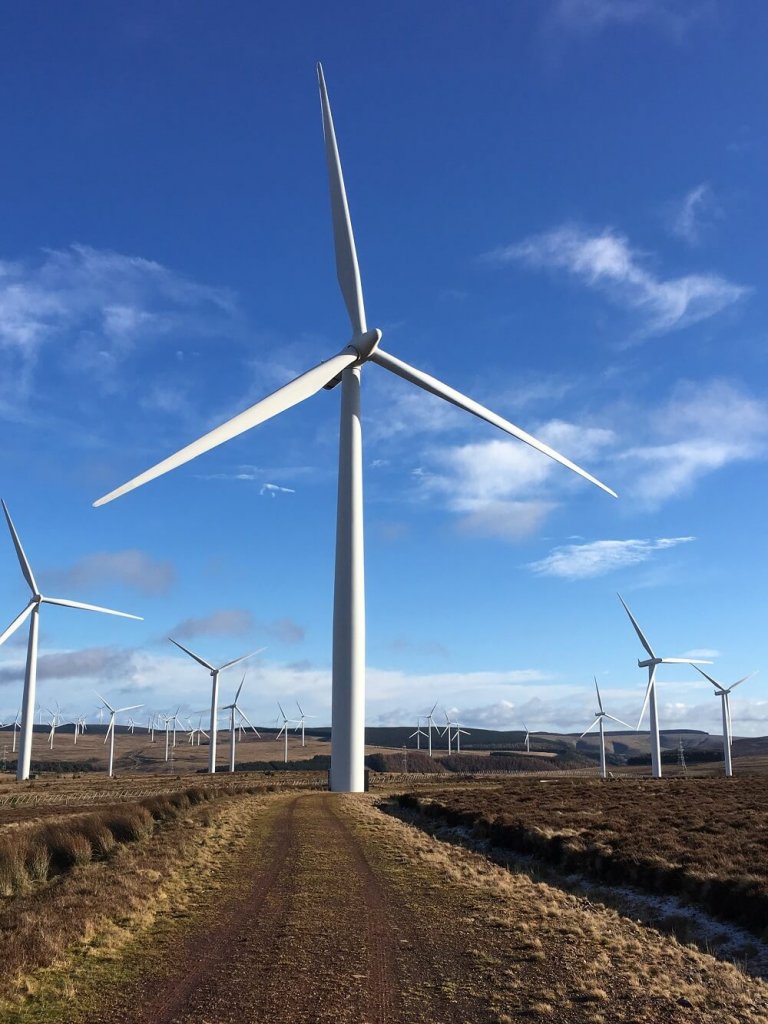
The proposed tip extension is made of two shells of fiberglass reinforced epoxy glued together and filled with epoxy foam before being fitted to the blade. The product will be available later this year in the UK, Ireland and US.
Shane Bermingham, Engineering Design Lead at Natural Power, said: “As we move to a subsidy-free market, any increases asset owners can see in production is a very attractive proposition. It is great to see the evolution of wind turbine technology and the optimization of their performance, and we are delighted to have been involved with the blade tip extension project with Fred.Olsen Renewables and Siemens Gamesa at Crystal Rig.”
The prototype tested at Fred.Olsen Renewables’ 138 MW Crystal Rig II wind farm in Scotland secured a 7.85% bump in performance. Generally, production increases of between 3% and 10% are expected depending on the power curve technology installed on the particular machine along with air density and other factors.
One of the key aspects of changing the rotor area and loading regime on the turbine is assessing the capacity foundation. The foundations should be assessed to ensure the original design is not fully utilized under the existing loading regime and give consideration to what fatigue the foundation has been exposed to date. This would allow an understanding of its past performance and its ability to deal with future changes to loading.
The proposed tip extension is made of two shells of fiberglass reinforced epoxy that is glued together and filled with epoxy foam before being fitted to the blade. The product will be available later this year in the UK, Ireland, and U.S.
For more, contact Shane Bermingham shaneb@naturalpower.com
Filed Under: Blades

